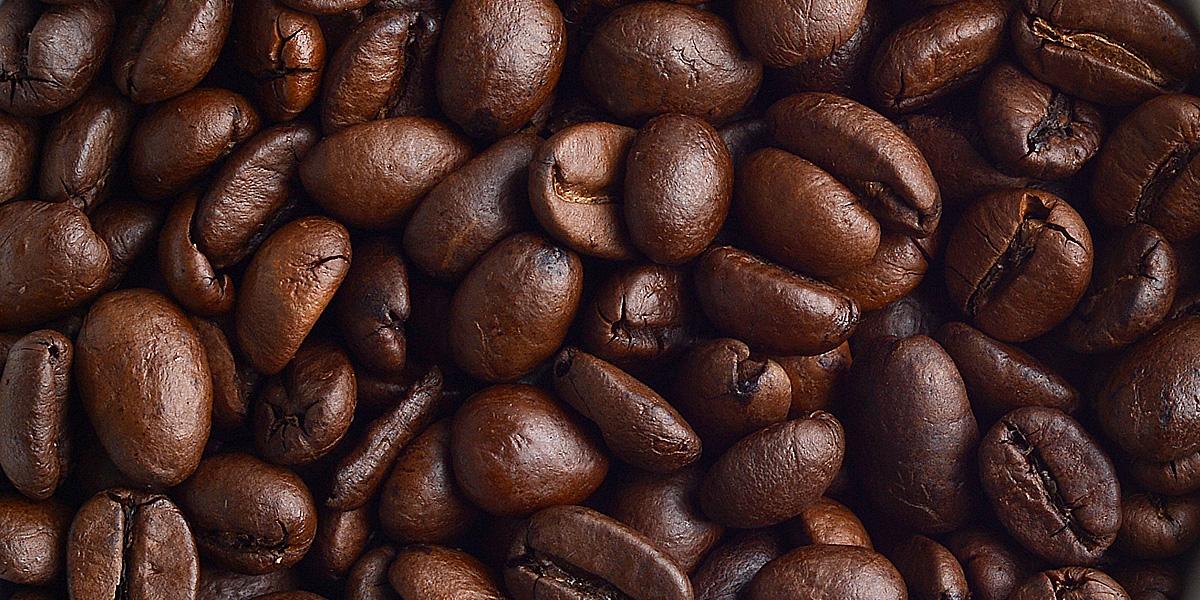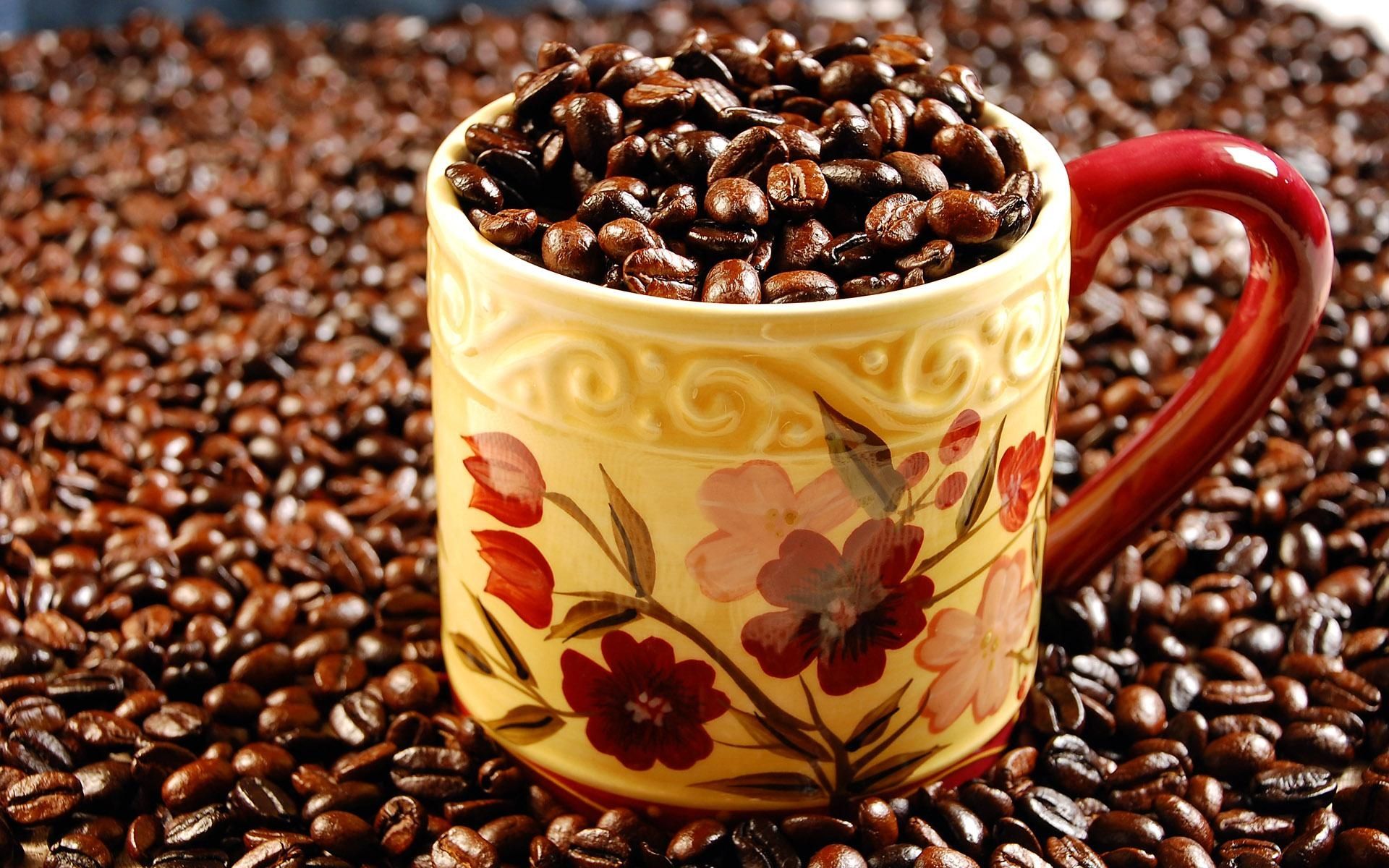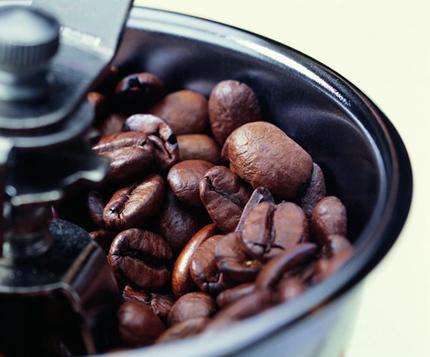Brazilian coffee producing area interprets soft bean aesthetics with five levels.
Follow the caf é (Wechat official account vdailycom) and found that Beautiful Cafe opened a small shop of its own.
Brazil, known as the "coffee kingdom", is one of the largest coffee consumers in the world and one of the three largest coffee producers in the world. Coffee is the first choice for most people. Brazilians prefer espresso, a cup of thick black coffee with added sugar when chatting after dinner, and some Brazilians like to drink Madai tea.
Compared with other producing countries in Central and South America, Brazil is significantly lower, with a larger proportion of estates less than 1000 meters. The flat and monotonous landform, lack of micro-climate, and accustomed to unshaded tree (sun-exposed) planting have developed Brazil's unique soft bean flavor-low sour taste, high nutty flavor, good chocolate sweetness and mellowness, but slightly woody and earthy flavor, flower and orange fragrance is not obvious. To put it simply, Brazilian coffee is relatively light, and it is not easy to drink the sour and orange aromas of wild African beans.

Brazilian coffee interprets the aesthetics of soft beans in five levels, in the following order: strictlySoft (strictlySoft), → (soft), Softish (Softish), → (Hardish) and Rioy (iodine). In other words, Brazilian beans do not emphasize the lively acidity, rhythm and transparency of hard beans, but focus on the mild, smooth, mellow and sweet characteristics of soft beans, so Brazilian beans are the most suitable formula for espresso.
According to this standard, the producing areas of Brazil can also be divided into five grades:
Extremely meek: South Minas, Serrado platform in the central and western part of Minas / Mojiana / Bahia Diamond Plateau in northeastern Sao Paulo province
Supple: slightly higher in Bahia / Minas southeast forest / Parana / San Espiritu (mausoleum) / central and western S ã o Paulo
A little softer: East and northeast of Minas
Not easy to read: Espiritu Santo / Parana (low altitude)
Iodine choking: slightly lower southeast of Minas / Espiritu Santo (flat)
Important Notice :
前街咖啡 FrontStreet Coffee has moved to new addredd:
FrontStreet Coffee Address: 315,Donghua East Road,GuangZhou
Tel:020 38364473
- Prev

How to make a delicious cup of Brazilian coffee
Follow Cafe (official Wechat account vdailycom) found that Brazil, which accounts for 1/3 of the world's coffee consumption and has a place in the global coffee market, opened a small shop of its own. Although Brazil faces several times higher natural disasters than other regions, it has enough acreage to make up for it. Brazilian coffee, such as Rio, Parana, etc. do not need too much
- Next

Brazilian Coffee introduction, Brazilian Coffee weight loss?
Following Cafe Review (Wechat official account vdailycom) found that Fairview Cafe opened a small shop of its own and there are many kinds of Brazilian coffee. Like other Arabian coffee, Brazilian coffee is called Brazils to distinguish it from Milds coffee. The vast majority of Brazilian coffee is unwashed and sun-dried and is classified according to the name of the state of origin and port of transport. There are 21 states and 17 states in Brazil
Related
- Detailed explanation of Jadeite planting Land in Panamanian Jadeite Manor introduction to the grading system of Jadeite competitive bidding, Red bid, Green bid and Rose Summer
- Story of Coffee planting in Brenka region of Costa Rica Stonehenge Manor anaerobic heavy honey treatment of flavor mouth
- What's on the barrel of Blue Mountain Coffee beans?
- Can American coffee also pull flowers? How to use hot American style to pull out a good-looking pattern?
- Can you make a cold extract with coffee beans? What is the right proportion for cold-extracted coffee formula?
- Indonesian PWN Gold Mandrine Coffee Origin Features Flavor How to Chong? Mandolin coffee is American.
- A brief introduction to the flavor characteristics of Brazilian yellow bourbon coffee beans
- What is the effect of different water quality on the flavor of cold-extracted coffee? What kind of water is best for brewing coffee?
- Why do you think of Rose Summer whenever you mention Panamanian coffee?
- Introduction to the characteristics of authentic blue mountain coffee bean producing areas? What is the CIB Coffee Authority in Jamaica?

